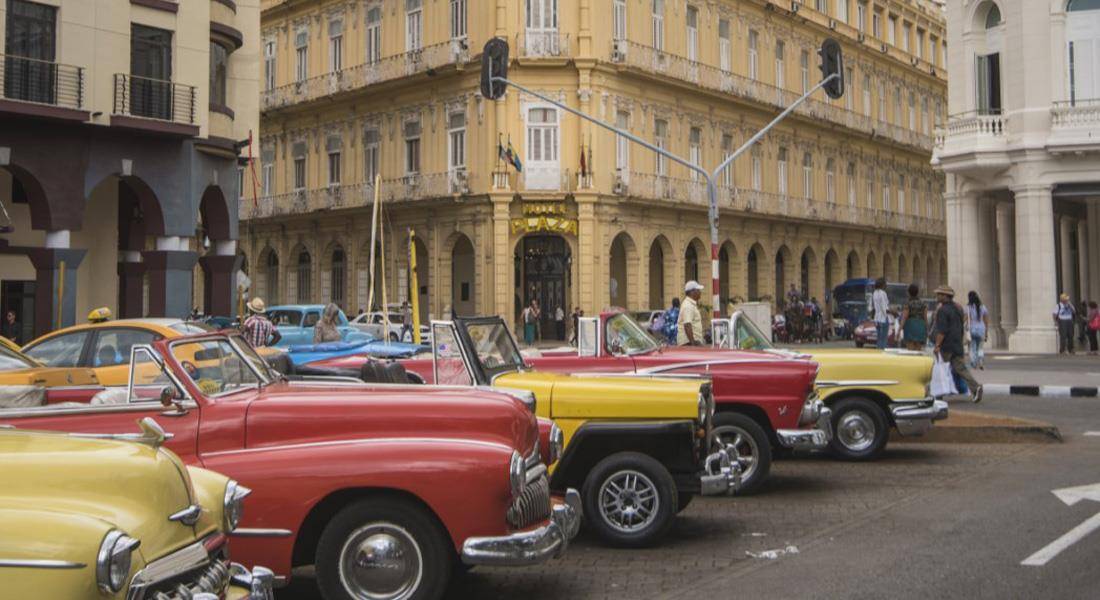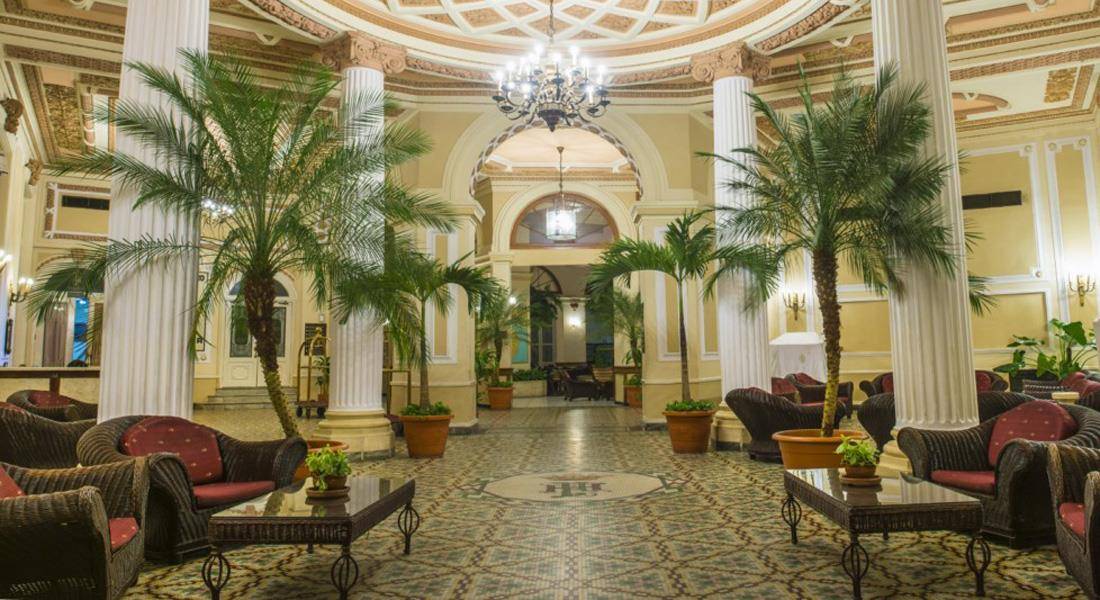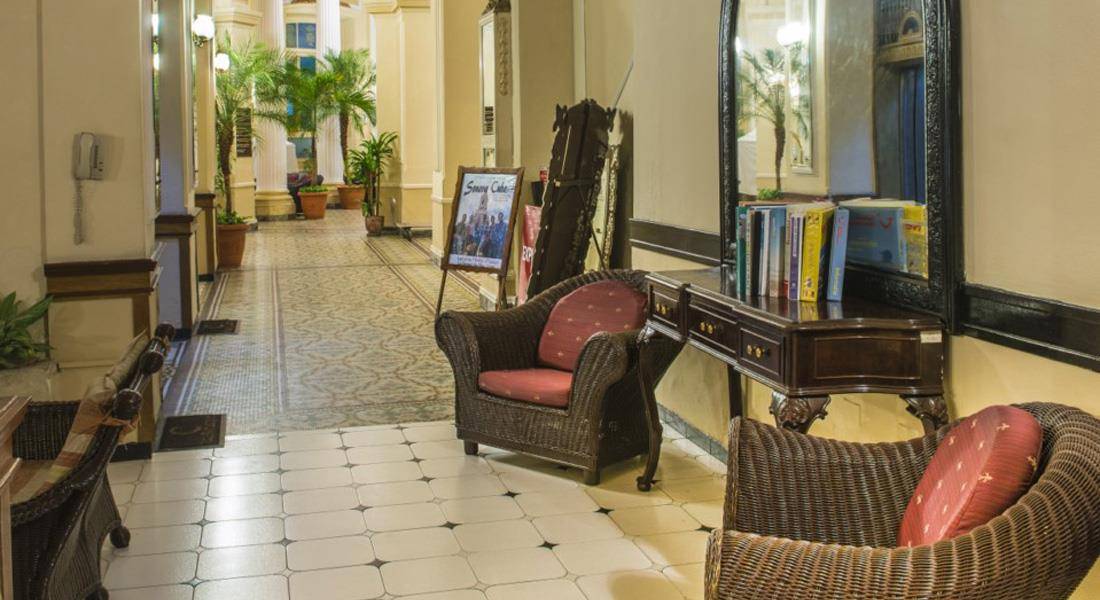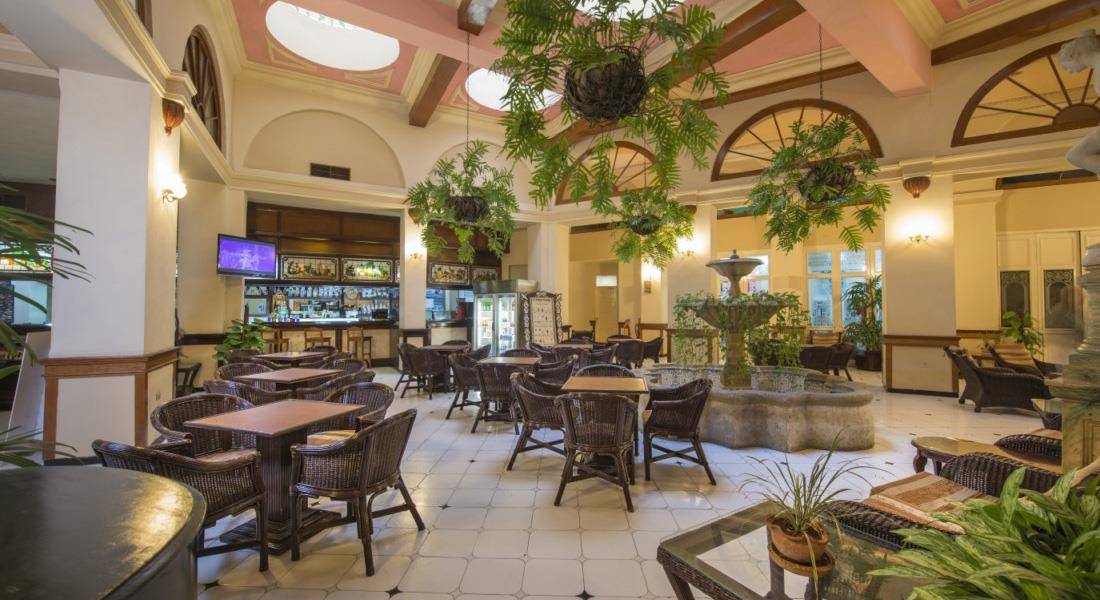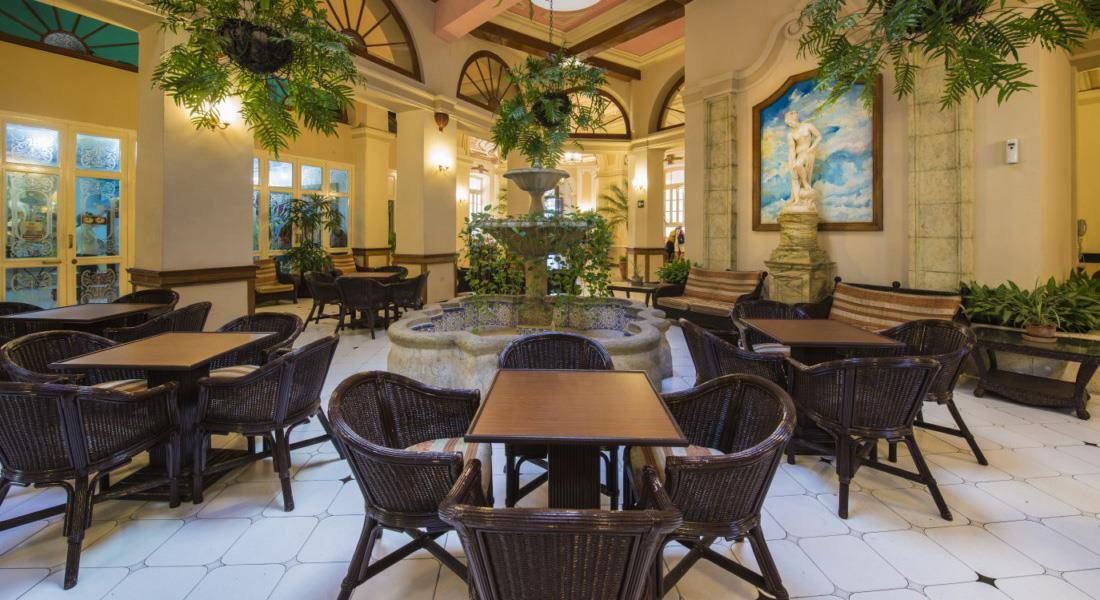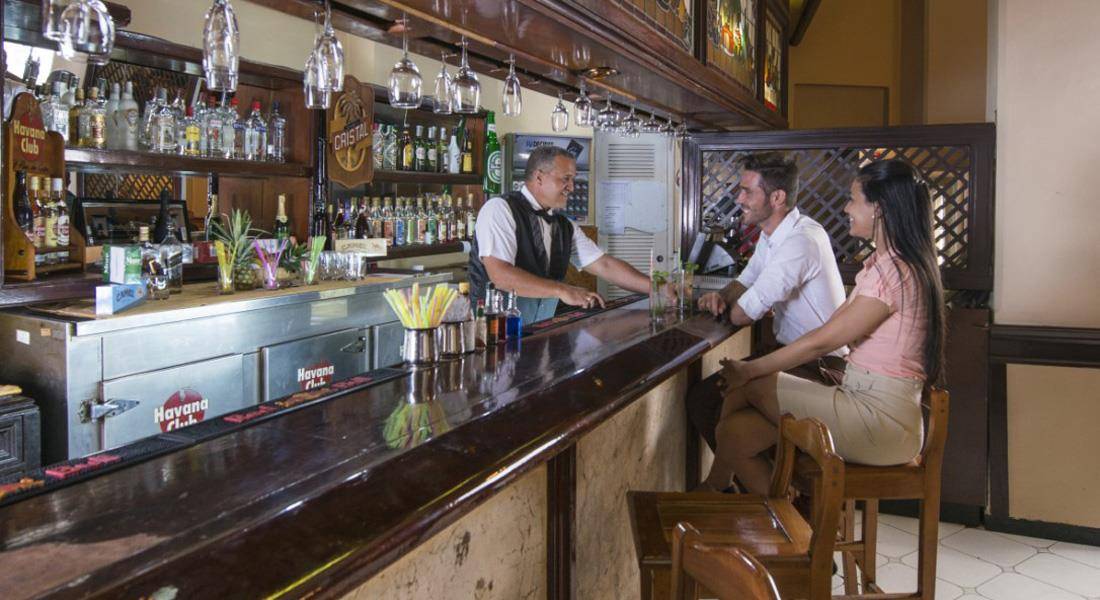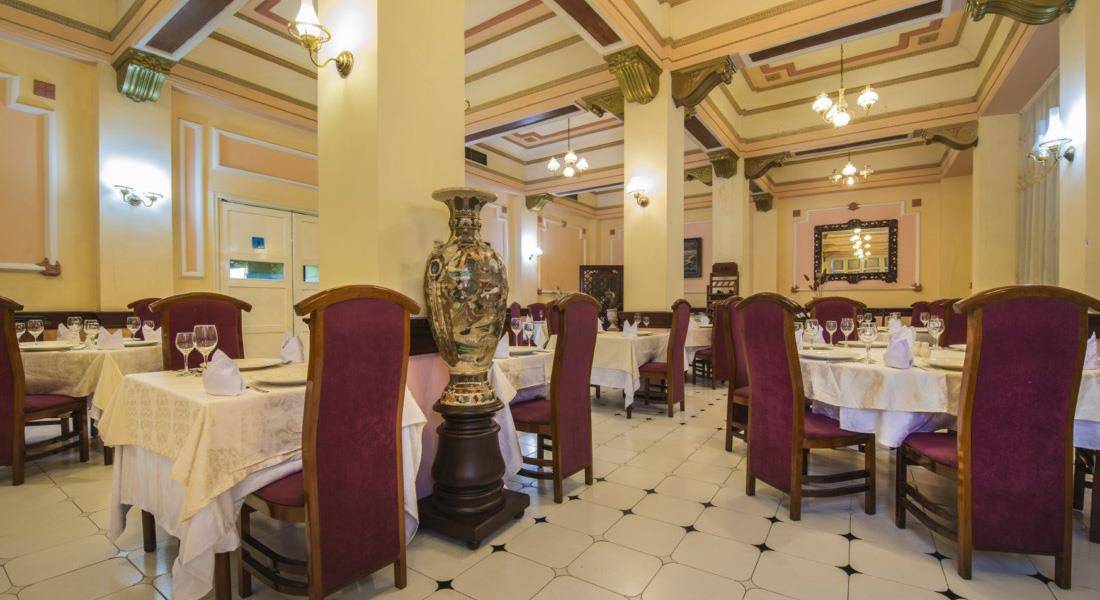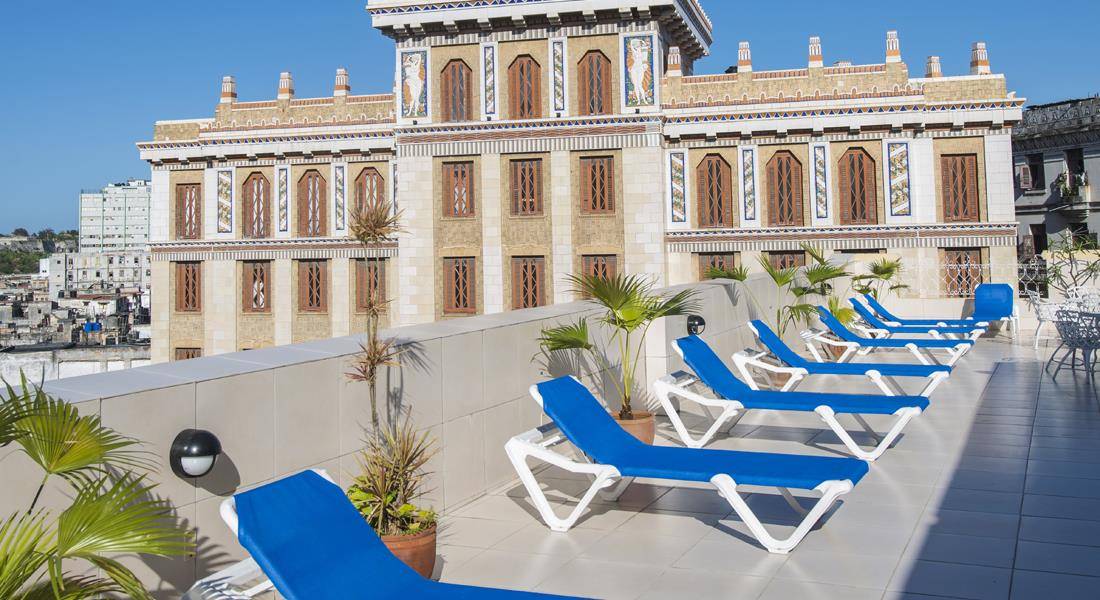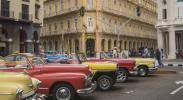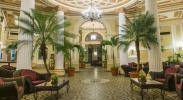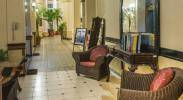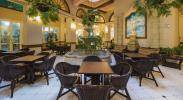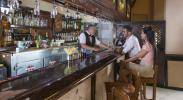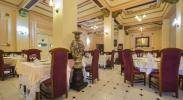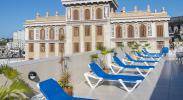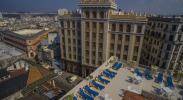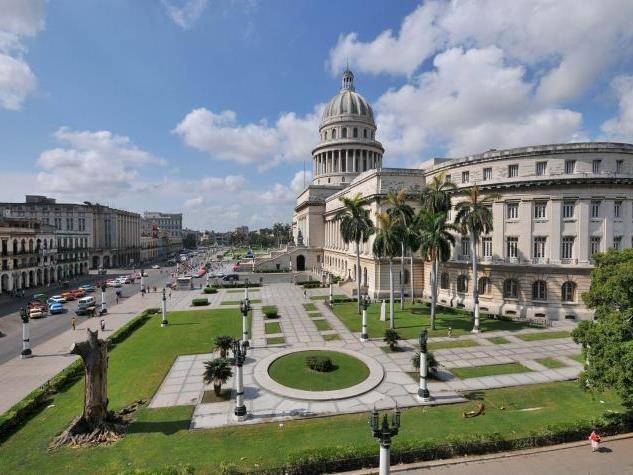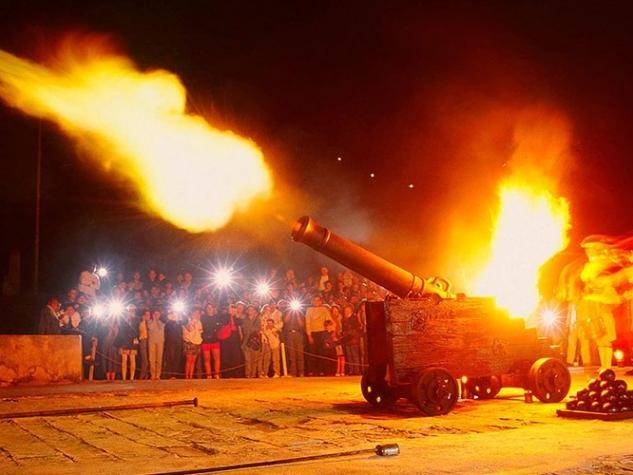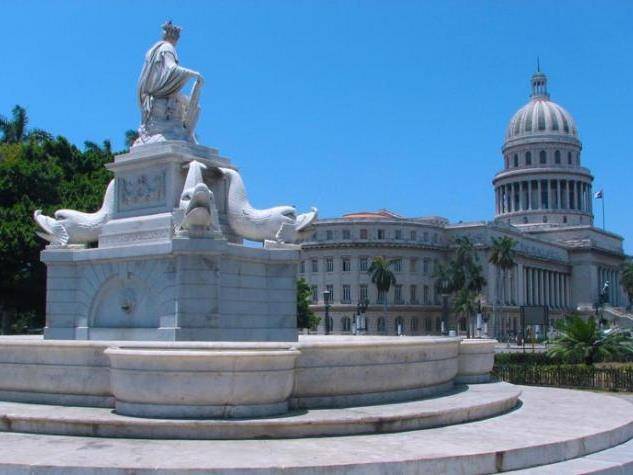
La India Fountain
Fuente de La India (La India Fountain) is located in a circus in front of the El Capitolio and Saratoga Hotel, in the city of Havana. The fountain is made in Carrara marble and was sculpted by Giuseppe Gaggini in 1837 for the Count of Villanueva. This fountain represents a brilliant indigenous woman, adorned with a crown of eagle feathers, sitting on her throne, and surrounding by four dolphins whose tongues are fountain pouring water on four shells composing its base. She holds with her hand a defense with the crest of the city, and a horn-shaped basket filled with fruits. This sculptural work has been an inspiration for several poets, and also appearing in several fantastic tales.

